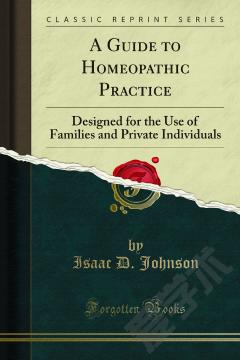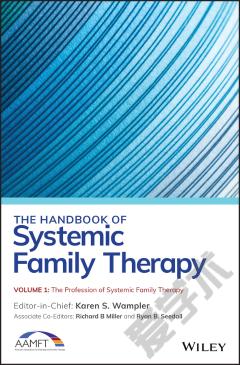Counseling Problem Gamblers —— A Self-Regulation Manual for Individual and Family Therapy
----- 辅导问题赌徒:个人和家庭疗法的自我调节手册
Over the past decade, legal wagering has expanded rapidly in North America. In 1998 alone, people lost 50 billion dollars in legal betting and it is estimated that illegal wagering is twice that amount. A recent government report, based on the broadest population survey, concludes that the lifetime and pathological gamblers in the U.S. range between 4 and 10 million persons and is growing. If we include the families affected by problem gambling then the potential impact is indeed prodigious. Virtually no community in the U.S. and Canada is left untouched by entertainment or problem gambling. Treating problem gambling has evolved from a small group of practitioners in the 1980's working in specialty impatient units into an international enterprise that affects the caseload of many mental health professionals. Owing to its quiet origins, problem gambling treatment strategies are not well known throughout the clinical community. Consequently the average clinician is him/herself "learning as they go." This approach does not benefit either client or therapist. As the book's first chapter makes clear, problem gambling differs significantly from substance abuse, its nearest clinical relative. Not attending to these differences leads to poor results and clinical failure. This book is the one essential tool needed by clinicians treating or likely to treat problem gambling. Written by a clinician with wide experience, it is intended for the general clinician treating or likely to treat problem gambling desiring a comprehensive, yet user-friendly guide.Assessment and treatment of problem gambling and those affected by it is discussedIncludes diagnostic instruments developed by the authorAn integrative approach is taken with a special focus on cultural concerns and clinical applications for women and minoritiesIntegration of spirituality in treatment is covered
{{comment.content}}








 京公网安备 11010802027623号
京公网安备 11010802027623号